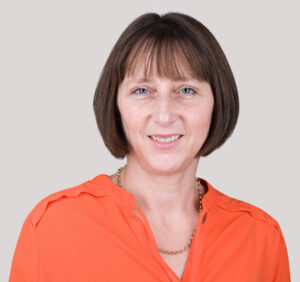25/01/2017
Integration in the electronics field is not new. A mobile phone for example provides internet access, satellite navigation, has a high resolution camera, has changed the way we communicate with our friends and can also make and receive phone calls. Arguably, this is integration of different tools in a single device but integration of different smart devices using a single readily accessible interface is also widespread. It seems the drive for more, and more straightforward, integration of smart devices seen in the home (for example Hive™ smart heating controllers able to be voice controlled via the Amazon Echo™) is also being seen in high tech operating theatres.
The November 2016 article “Adding another dimension to operating rooms” in the Medicalexpo emagazine describes the drive for integration of devices in operating rooms to allow surgeons to control patient information systems, audio, video, lighting and medical equipment from a single touch screen to improve surgical outcome. Aside from connectivity and integration, the ability to discern different shades of red takes on a whole new importance in the surgical field and is driving a need for better still and video imagery in the operating theatre. Horizontal innovation should play a part in ensuring that existing knowledge in the communications sector for example is applied to smartening operating theatres and improving display technology directed towards a medical market.
In 2015, the technical field where most EP patent applications were filed was medical technology (source “Annual Report 2015 – European patent applications” published by the EPO (2016 data not yet available)). European patent application filings in medical technology were also up 11% in 2015. While medical technology has a life sciences application and includes for example vaccination instruments and prostheses it also includes surgical robots, computed tomography and pacemakers. A significant proportion of the patent applications in the medical technology field therefore cover imaging and image processing equipment and software implemented control technology, and would have been drafted by a patent attorney with an electronics and digital signal processing background.
Even when they are manifested in computer programs or the interaction of disparate computer programs communicating over a network, digital signal processing advances, signalling and connectivity mechanisms can be just as patentable as more tangible, mechanical engineering based inventions. In the case of a computer or software implemented invention and particularly in image processing, it is important to keep firmly in mind the European Patent Convention exclusion from patentability for mathematical methods, and for rules and methods for performing mental acts. A claim which recites mathematically the particular steps of an algorithm for processing an image may be excluded from patentability. However, the specific way the data is refined to enhance detectability of a specified feature would generally avoid the exclusion. Protocols involving particular scheduling of different devices to allow control of the different devices by a single interface can also be patentable.
In view of the widening interest in how we connect and control smart devices, I am predicting that we will start to see a more noticeable increase in patent filings in this area. This should be mirrored by an increase of technology transfer across different technical fields and will require patent attorneys with backgrounds in electronics, communications and digital signal processing to work more closely with those with life sciences backgrounds. We are well placed to help with a strong EES department with close links to our equally strong life sciences team.
This article is for general information only. Its content is not a statement of the law on any subject and does not constitute advice. Please contact Reddie & Grose LLP for advice before taking any action in reliance on it.


